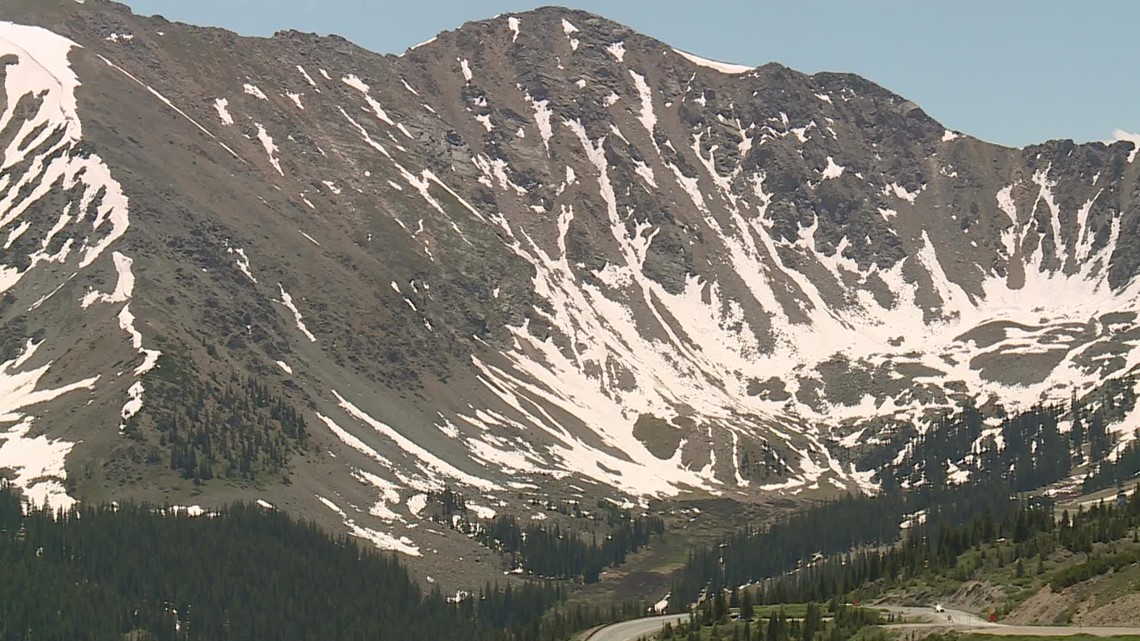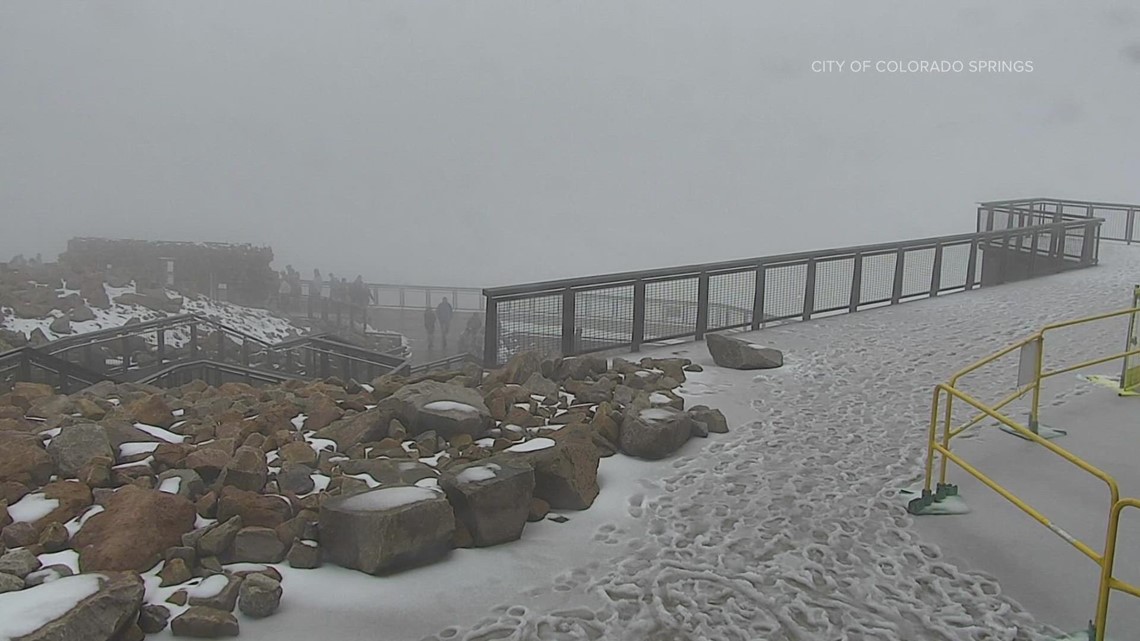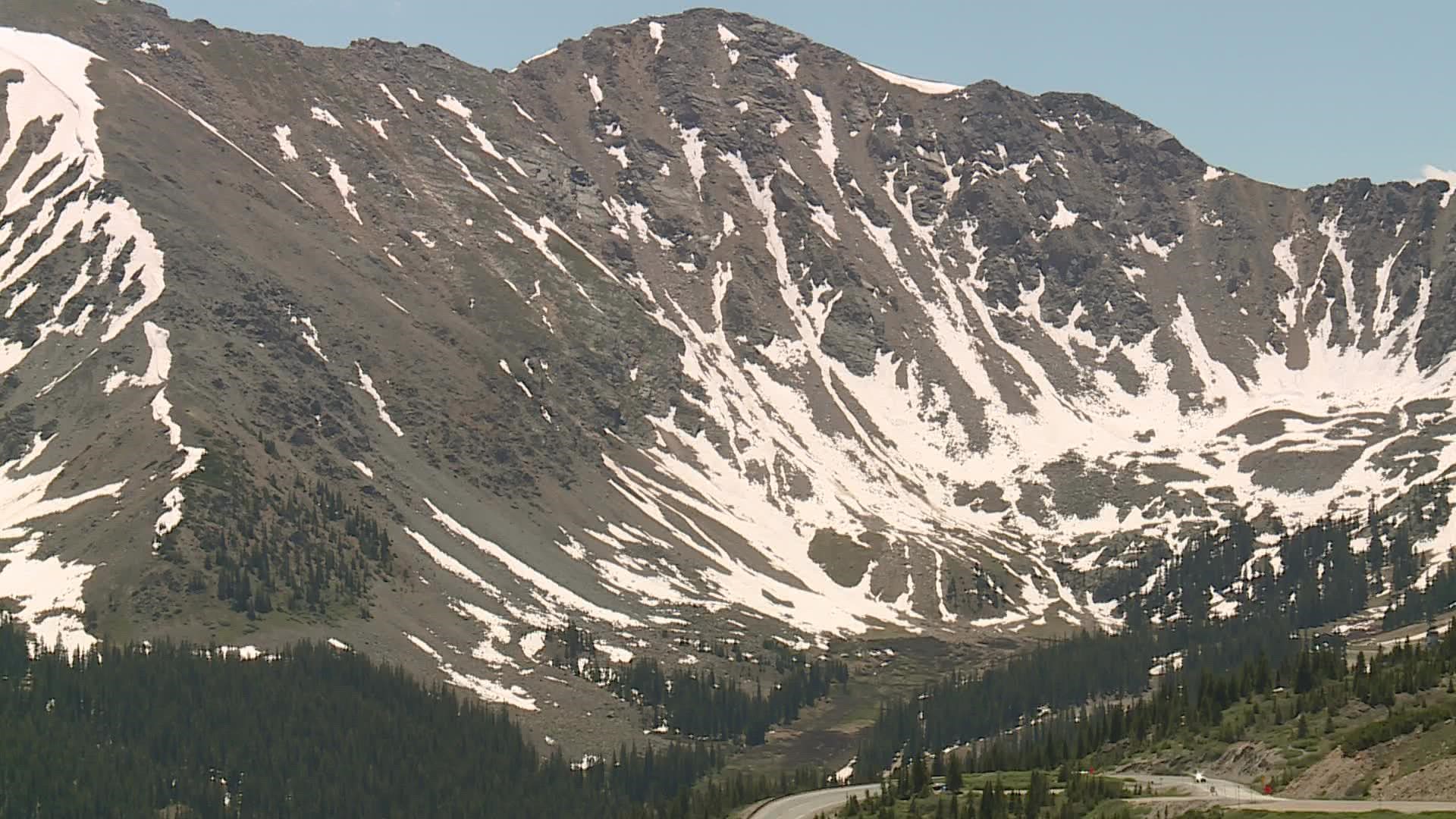BOULDER, Colo. — The snow that accumulates at the headwaters of our river systems over the winter is referred to as snowpack. It’s a natural reservoir of frozen water that fills our lakes when it melts.
“But I think our study shows that that natural reservoir won’t hold as much water under climate change,” said Will Wieder, a project scientist with the National Center for Atmospheric Research (NCAR).
He said that snowpack is on the decline, mainly because the accumulation season is getting shorter -- starting later in the fall and melting earlier in the spring.
"And in some cases, we'll see some precipitation fall as rain in a time of year that we should be seeing snow," he said. "And wintertime snowmelt will make it more difficult to get a snowpack started in the fall, and more difficult to keep snowpack stored in the spring."
This past winter is a good example. The Rio Grande headwaters completely melted out on May 16, more than a month earlier than average.
Wieder said this problem will likely get more common and more widespread over time.


He used NCAR’s Community Earth System Model, which is one of the most powerful and respected climate models in the world, to run what he called an ensemble of simulations.
"We ran our climate scenario 100 times, slightly adjusting ocean conditions in each ensemble," he said. "That allows us to catch the variability in the system, and also allows us to see the extreme possibilities on both ends too."
When he compared a past period (1940-1969) with a future period (2070-2099) in the simulations, he found that there could be an average of 45 more snow-free days in the Rocky Mountains by the end of the century.
“We’re seeing it in the real world, we’re seeing it in the model, and when you use the model to make future predictions, it's like holy smokes, this is alarming,” Wieder said.
He also said the amount of water contained in the snowpack, through typical winter, could decline by up to 80% by the end of this century -- a result that could be devastating to the water supply in the West.


Lake Mead and Lake Powell are already at record low levels, and 80% of the water that feeds those reservoirs comes from snowmelt. That means it will take several snow seasons with well above average snowpack to even make a dent in the deficit.
But Wieder said there is still hope for more snow. His team's simulations were run under a high emissions scenario, with more than twice as much CO2 in the atmosphere as there is today.
It’s a future that could very well happen. It all depends on human behavior going forward.
“That is the one variable in our climate simulations that is hard to anticipate," Weider said. "What will humans do over the next 50 to 80 years? Hopefully we can collectively make decisions that avoid some of these results.”
SUGGESTED VIDEOS: Colorado Climate

